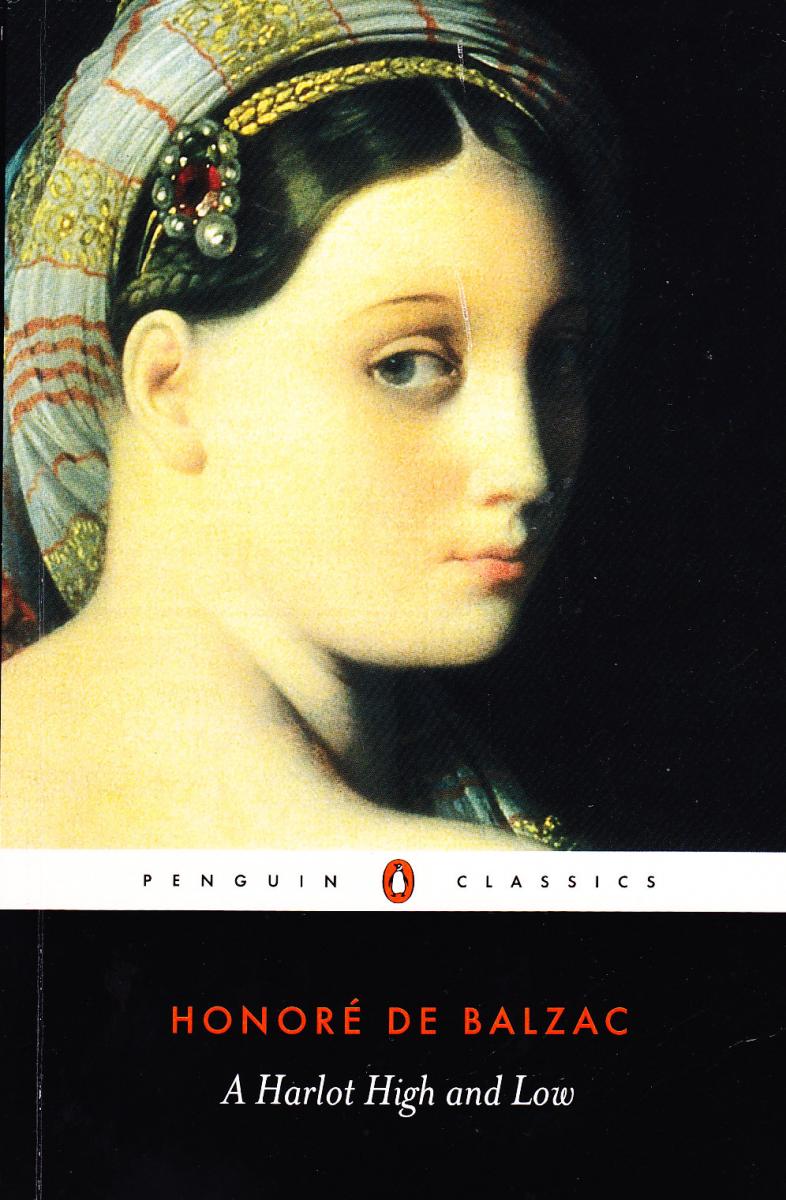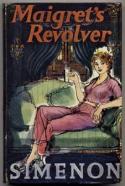Author Photo And Bio
 1. King Lear by William Shakespeare (1605). Considered one of Shakespeare’s four “core tragedies”—with Hamlet, Othello, and Macbeth—King Lear commences with Lear, having achieved great age but little wisdom, dividing his kingdom among his three daughters in return for their proclamations of love for him. Two of his daughters, evil to the core, falsely profess their love, while Cordelia, his good and true daughter, refuses his request. Enraged, Lear gives his kingdom to his evil daughters and banishes Cordelia. Lear pays a dear price for this rash act. The play systematically strips him of his kingdom, title, retainers, clothes, and sanity in a process so cruel and unrelenting as to be nearly unendurable.
1. King Lear by William Shakespeare (1605). Considered one of Shakespeare’s four “core tragedies”—with Hamlet, Othello, and Macbeth—King Lear commences with Lear, having achieved great age but little wisdom, dividing his kingdom among his three daughters in return for their proclamations of love for him. Two of his daughters, evil to the core, falsely profess their love, while Cordelia, his good and true daughter, refuses his request. Enraged, Lear gives his kingdom to his evil daughters and banishes Cordelia. Lear pays a dear price for this rash act. The play systematically strips him of his kingdom, title, retainers, clothes, and sanity in a process so cruel and unrelenting as to be nearly unendurable.
 2. The Fall by Albert Camus (1956). In conversations with a chance acquaintance, a once-successful Paris lawyer recounts his fall into psychological self-destruction after ignoring a woman drowning in the Seine. Ultimately, this existential antihero persuades himself that all good works are motivated by self-interest, all virtue merely a ploy for success or popularity. With no hope of redemption, he descends into debauchery and profligacy, impatient for the relative simplicity of death.
2. The Fall by Albert Camus (1956). In conversations with a chance acquaintance, a once-successful Paris lawyer recounts his fall into psychological self-destruction after ignoring a woman drowning in the Seine. Ultimately, this existential antihero persuades himself that all good works are motivated by self-interest, all virtue merely a ploy for success or popularity. With no hope of redemption, he descends into debauchery and profligacy, impatient for the relative simplicity of death.
 3. The Bacchae by Euripides (408–406 b.c.e.). “Gods should be exempt from human passions,” says Cadmus, but such is not the case for Dionysus in one of the goriest Greek tragedies. Dionysus seeks revenge on Cadmus’s grandson Pentheus, a Theban king who has tried to quash the Bacchus cult in Thebes. Dionysus seduces Pentheus into witnessing a Bacchanalian orgy, where he is torn to pieces by the revelers, including his own mother.
3. The Bacchae by Euripides (408–406 b.c.e.). “Gods should be exempt from human passions,” says Cadmus, but such is not the case for Dionysus in one of the goriest Greek tragedies. Dionysus seeks revenge on Cadmus’s grandson Pentheus, a Theban king who has tried to quash the Bacchus cult in Thebes. Dionysus seduces Pentheus into witnessing a Bacchanalian orgy, where he is torn to pieces by the revelers, including his own mother.
 4. Tinker, Tailor, Soldier, Spy by John Le Carré (1974). This is the first novel in Le Carré’s Karla trilogy featuring aging, meticulous, self-effacing British spy George Smiley. Smiley is called out of forced retirement to root out a traitorous “mole” placed in the London headquarters of British intelligence by Soviet spymaster Karla. Working alone and without his agency’s resources for fear of alerting the mole, Smiley methodically sets about unmasking his quarry in this quintessential Cold War cloak-and-dagger yarn.
4. Tinker, Tailor, Soldier, Spy by John Le Carré (1974). This is the first novel in Le Carré’s Karla trilogy featuring aging, meticulous, self-effacing British spy George Smiley. Smiley is called out of forced retirement to root out a traitorous “mole” placed in the London headquarters of British intelligence by Soviet spymaster Karla. Working alone and without his agency’s resources for fear of alerting the mole, Smiley methodically sets about unmasking his quarry in this quintessential Cold War cloak-and-dagger yarn.
 5. The Deptford trilogy by Robertson Davies (1983). A single question—“Who killed Boy Staunton?”—hovers over this trilogy that begins when ten-year-old Percy “Boy” Staunton throws a rock-filled snowball at his friend Dunstan Ramsay. Instead he hits Mary Dempster, who soon gives birth, prematurely, to a boy with birth defects. The novels Fifth Business, The Manticore, and World of Wonders chronicle the lives of these characters and their families, developing themes of guilt, love, and responsibility while detailing “the consequences that can follow any single action.”
5. The Deptford trilogy by Robertson Davies (1983). A single question—“Who killed Boy Staunton?”—hovers over this trilogy that begins when ten-year-old Percy “Boy” Staunton throws a rock-filled snowball at his friend Dunstan Ramsay. Instead he hits Mary Dempster, who soon gives birth, prematurely, to a boy with birth defects. The novels Fifth Business, The Manticore, and World of Wonders chronicle the lives of these characters and their families, developing themes of guilt, love, and responsibility while detailing “the consequences that can follow any single action.”
 6. Pride and Prejudice by Jane Austen (1813). “It is a truth universally acknowledged, that a single man in possession of a good fortune must be in want of a wife,” reads this novel’s famous opening line. This matching of wife to single man —or good fortune —makes up the plot of perhaps the happiest, smartest romance ever written. Austen’s genius was to make Elizabeth Bennet a reluctant, sometimes crabby equal to her Mr. Darcy, making Pride and Prejudice as much a battle of wits as it is a love story.
6. Pride and Prejudice by Jane Austen (1813). “It is a truth universally acknowledged, that a single man in possession of a good fortune must be in want of a wife,” reads this novel’s famous opening line. This matching of wife to single man —or good fortune —makes up the plot of perhaps the happiest, smartest romance ever written. Austen’s genius was to make Elizabeth Bennet a reluctant, sometimes crabby equal to her Mr. Darcy, making Pride and Prejudice as much a battle of wits as it is a love story.
 7. Splendeurs et misères des courtisanes (A Harlot High and Low) by Honoré de Balzac (1847). Balzac claimed a crime lay behind every great fortune. Here his master criminal from Père Goriot, Vautrin, tests that hypothesis by orchestrating the rise of the poet, dandy, and social parasite Lucien de Rubempré. Vautrin is in love with him. So is Esther, a reformed prostitute. Vautrin counts on Esther’s feelings as the linchpin of his complex scheme. But love turns out to be one of life’s incalculables in this central novel in Balzac’s series, The Human Comedy.
7. Splendeurs et misères des courtisanes (A Harlot High and Low) by Honoré de Balzac (1847). Balzac claimed a crime lay behind every great fortune. Here his master criminal from Père Goriot, Vautrin, tests that hypothesis by orchestrating the rise of the poet, dandy, and social parasite Lucien de Rubempré. Vautrin is in love with him. So is Esther, a reformed prostitute. Vautrin counts on Esther’s feelings as the linchpin of his complex scheme. But love turns out to be one of life’s incalculables in this central novel in Balzac’s series, The Human Comedy.
 8. The Maigret series of detective novels by Georges Simenon (1903–89). (See Iain's appreciation below)
8. The Maigret series of detective novels by Georges Simenon (1903–89). (See Iain's appreciation below)
 9. Labyrinths by Jorge Luis Borges (1964). Simultaneously philosophical and nightmarish, this collection of short stories, parables, and essays popularized both Latin American magic realism as well as metafiction. Borges, a blind Argentine librarian and polymath, here provides almost mathematically concise miniatures —of a man who remembers literally everything, for instance —that read like episodes of The Twilight Zone as written by a metaphysician.
9. Labyrinths by Jorge Luis Borges (1964). Simultaneously philosophical and nightmarish, this collection of short stories, parables, and essays popularized both Latin American magic realism as well as metafiction. Borges, a blind Argentine librarian and polymath, here provides almost mathematically concise miniatures —of a man who remembers literally everything, for instance —that read like episodes of The Twilight Zone as written by a metaphysician.
 10. Nice Work by David Lodge (1988). Opposites attract in this third volume of Lodge’s campus trilogy that includes Changing Places (1975) and Small World (1984). A British government program aimed at bridging the gap between the academy and industry pairs a leftist feminist academic and a hard-driving businessman. Their relationship turns from hostility to respect in this comic novel that uses snippets from nineteenth-century English novels to explore divisions in society and literature’s power to bring people together.
10. Nice Work by David Lodge (1988). Opposites attract in this third volume of Lodge’s campus trilogy that includes Changing Places (1975) and Small World (1984). A British government program aimed at bridging the gap between the academy and industry pairs a leftist feminist academic and a hard-driving businessman. Their relationship turns from hostility to respect in this comic novel that uses snippets from nineteenth-century English novels to explore divisions in society and literature’s power to bring people together.
Appreciation of Georges Simenon’s Maigret Detective Novels by Iain Pears
The Maigret series of detective stories, written by the Belgian Georges Simenon, are part of that rare breed of books —the mass-market entertainment that also works as great literature. Simenon is the master of atmosphere; with the lightest of touches he is able to conjure up Paris in the 1940s and 1950s, a seedy, largely poor city of shabby concierges and downtrodden traveling salesmen, of cheap hotels and squalid nightclubs, of hissing steam radiators and grubby shirt collars.
Much of the narrative is liquor soaked —Maigret begins drinking after breakfast, interviews witnesses over brandy, and suspects over beer. Only rarely is a case concluded by unraveling clues; these are not whodunits. Rather, they are studies in character, of place, and of people. Simenon would have been a brilliant analyst. As often as not, the books end when Maigret (and through him, the reader) so understands the criminal that the suspect confesses all. Indeed, the reader is usually left sympathizing with the criminal, whose crime is reacting to limited choices and desperate circumstances.
The books are so compressed they could almost be short stories, but Simenon populates them with an extraordinary range of characters —the overweight, perpetually sweating Maigret, his eternally patient wife (more acute, in many ways, than her husband), his juniors, and the gallery of pimps and prostitutes, petty criminals, shopkeepers, bartenders, small tradesmen, and canal barge pilots who make up his world. There is no reveling in the grime of the underworld; most of the characters dream of better things and live a life of disappointment. Out of their lives, Simenon created some of the most enduring and compelling works of the twentieth century.